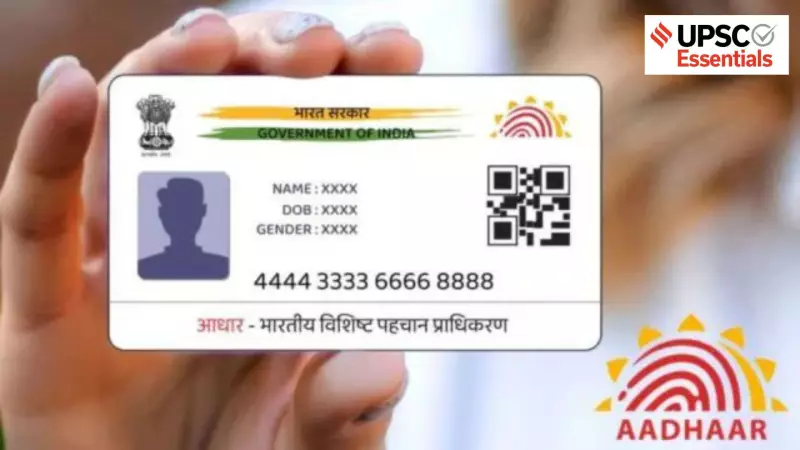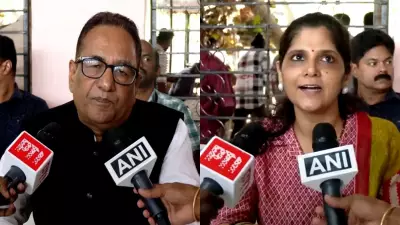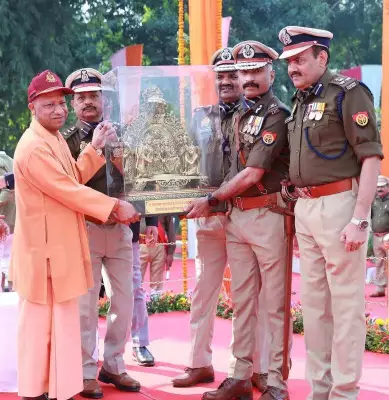
India's ambitious Digital India initiative has been a cornerstone of the nation's technological transformation, yet beneath the surface of digital progress lie persistent structural barriers that continue to hinder effective implementation of e-governance services.
The Digital Infrastructure Paradox
While India has made significant strides in digital connectivity, the ground reality reveals a different story. Many government offices, particularly in rural and semi-urban areas, struggle with inadequate internet connectivity, outdated hardware, and insufficient technical support. This creates a significant gap between policy intentions and practical implementation.
The Human Resource Challenge
One of the most critical barriers remains the capacity gap among government officials. Many lack the necessary digital literacy and technical training to effectively utilize e-governance platforms. This skills mismatch often leads to underutilization of sophisticated digital systems and a tendency to fall back on traditional paper-based processes.
Interoperability: The Missing Link
The absence of seamless integration between different government departments and their digital systems creates significant operational bottlenecks. Citizens often find themselves navigating multiple platforms with redundant data entry requirements, defeating the very purpose of streamlined digital services.
Digital Divide Deepens Accessibility Issues
Despite increasing internet penetration, significant portions of the population, especially in rural areas, elderly citizens, and economically disadvantaged groups, face barriers in accessing digital services. Limited digital literacy, language barriers, and lack of awareness about available e-governance tools continue to exclude many from the digital revolution.
Cybersecurity and Data Privacy Concerns
As government services move online, concerns about data security and privacy protection have become increasingly prominent. The lack of robust cybersecurity infrastructure and clear data protection protocols creates apprehension among citizens and officials alike, slowing adoption rates.
The Way Forward: A Multi-Pronged Approach
Addressing these structural challenges requires a comprehensive strategy that goes beyond mere technological deployment. Key solutions include:
- Capacity Building: Intensive digital literacy programs for both government officials and citizens
- Infrastructure Enhancement: Upgrading digital infrastructure with reliable connectivity and modern hardware
- Standardization: Developing unified platforms and protocols for seamless inter-departmental operations
- Inclusive Design: Creating user-friendly interfaces accessible to people across different literacy levels and languages
- Robust Security Framework: Implementing comprehensive cybersecurity measures and data protection policies
The success of India's digital transformation journey depends on addressing these fundamental structural issues. Only through a holistic approach that combines technological advancement with administrative reforms and capacity building can e-governance truly deliver on its promise of efficient, transparent, and accessible public services.





